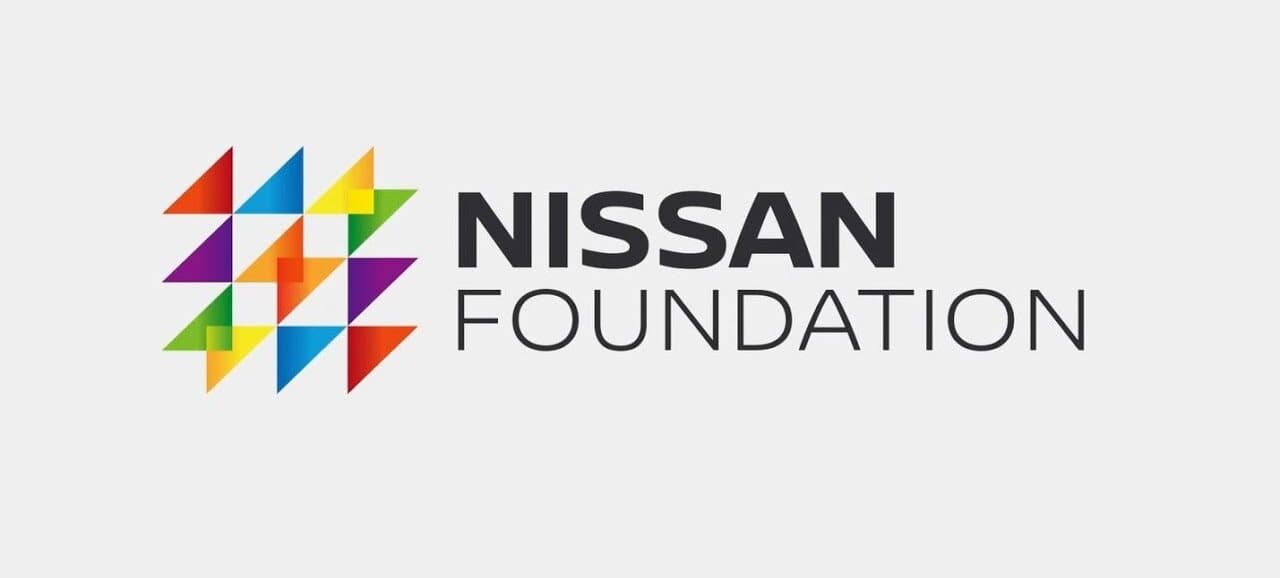Michigan’s High Childcare Costs Continue As Financial Assistance Remains Untapped
Feb 10, 2022
While 35% of Michigan’s children five years and under qualify for childcare subsidies, only 5% of families are tapping into the state’s financial resources. At the same time, nearly 44% of Michigan families live in childcare deserts — geographic hot spots where there’s a lack of licensed childcare providers.
RELATED: 35% of Michigan Kids Under 5 Qualify For Child Care Subsidies. Only 5% Use Them.
One Detroit’s Will Glover sat down with BridgeDetroit reporter Nushrat Rahman, who authored the article that sparked this story, to talk about the state of childcare in Michigan. They explore the state’s high costs, how to identify childcare deserts and how fewer options for providers have impacted the cost to families.
Full Transcript:
Will Glover: Nationwide high costs, accessibility and lack of personnel are why many say the childcare industry is in crisis. To get a better look at the state of Michigan childcare, I talked to BridgeDetroit reporter Nushrat Rahman about her article, “35% percent of Michigan kids under 5 qualify for childcare subsidies, but only 5% use them.”
Nushrat Rahman, Reporter, BridgeDetroit: Yeah, it’s a pretty staggering statistic, and this analysis was done by the Michigan League for Public Policy and Kids Count in Michigan.
Will Glover: The MLPP analyzes the impact of state and federal budgets and policies on residents with low incomes. Including Michigan 683,798 children under the age of five, as of 2019.
Nushrat Rahman: That’s a lot of kids, right? And so, when we look at it, what we find is that roughly one-third of children in Michigan under 5 qualify for these childcare subsidies, right? But only 5 percent actually received those credits. What this really looks like, is just this wide gap between the availability of assistance and families who are able to tap into it. That’s just talking about childcare. But if we look at food assistance, nearly 50% of young children in Michigan were eligible for food assistance benefits. However, only a quarter were enrolled to get that support. And if we look at cash assistance, right, so these are families who need cash assistance, 2% received the cash assistance, despite 11% of kids under five qualifying for it.
Will Glover: There’s also something that you mentioned in your article, which is the childcare deserts. So, just explain really quick what a childcare desert is and how prevalent that is here in Michigan.
Nushrat Rahman: What the researchers from the Michigan League for Public Policy and Kids Count of Michigan found is that, you know, an estimated 44 percent of Michiganders live in what’s called childcare deserts. So, these are places with a lack of childcare providers. And if we break it down a little bit more, you know, these are places where just the ratio of like kids to childcare providers just isn’t like one to one, right?
You know, I talked to one of the folks over at the Michigan policy and kids count, and they mentioned that that’s one of the reasons that could be behind just like, you know, parents not being able to use these subsidies, is the fact that childcare providers, it’s just like difficult to kind of get a childcare provider because there isn’t that many. And I think the pandemic just really illustrated the upheaval that the childcare industry went through like there was already a shortage of early childhood educators.
Now the industry is facing issues with recruitment and retention because a lot of the workers, you know, make it low pay. So, you know, there’s been like federal injection of ways to help the industry, but there are multiple factors that are kind of at play here.
Will Glover: Early childhood education is foundational to a child’s social development, academic success and economic mobility. It’s also a key investment in the future success of our state.
Will Glover: So that said, what type of action is the state taking to try and close these gaps to try and make these things available? What is the state doing?
Nushrat Rahman: So, last year, Gov. Gretchen Whitmer, she unveiled a 1.4 billion dollars plan to expand affordable childcare with federal dollars. And so, what that has looked like so far is, you know, licensed childcare workers can now get a $1,000 bonus, right? So, there is some movement there. Since then, you know, the state has raised the income eligibility for childcare subsidies, so these credits to 185.
Basically, what that translates to is a family of 4 making more than $49,000, basically, what that means is that more families are eligible for this childcare subsidy through 2023. And then, you know, there’s a little bit of a change afterward, but what researchers say is that that needs to continue. It’s a good thing that more families are eligible, but we need to kind of continue making strides in order to continue helping the youngest Michiganders.
Will Glover: Most recently, Gov. Whitmer has called for expanding Michigan’s Great Start Readiness program, that provides free preschool to eligible 4-year old’s, to 456 million dollars.
Will Glover: Where do you feel we are headed when it comes to childcare in Michigan? Are we headed in the right direction? And are we going to get to a place anytime soon where these gaps are, at the very least, a little less?
Nushrat Rahman: You know, I’m not like a policymaker, anything like that, but I think reports like this kind of highlight the gap, and I think the important thing is to really listen to what’s happening on the ground. So, listening to these childcare providers, these local businesses who are doing this work. I think one of the important things to know, is that a lot of the times childcare responsibilities fall on women like working moms, and so listening to work moms and working parents, moms and dads, to see what they need in order to kind of help them out.
Subscribe to One Detroit’s YouTube Channel & Don’t miss One Detroit Mondays and Thursdays at 7:30 p.m. on Detroit PBS, WTVS-Channel 56.
Catch the daily conversations on our website, Facebook, Twitter @DPTVOneDetroit, and Instagram @One.Detroit
View Past Episodes >
Watch One Detroit every Monday and Thursday at 7:30 p.m. ET on Detroit Public TV on Detroit Public TV, WTVS-Channel 56.
Stay Connected
Subscribe to One Detroit’s YouTube Channel and don’t miss One Detroit on Thursdays at 7:30 p.m. and Sundays at 9 a.m. on Detroit PBS, WTVS-Channel 56.
Catch the daily conversations on our website, Facebook, Twitter @OneDetroit_PBS, and Instagram @One.Detroit
Related Posts
Next
BridgeDetroit | 35% of Michigan Kids Under 5 Qualify For Child Care Subsidies. Only 5% Use Them.
Leave a Reply
Your email address will not be published. Required fields are marked*




























